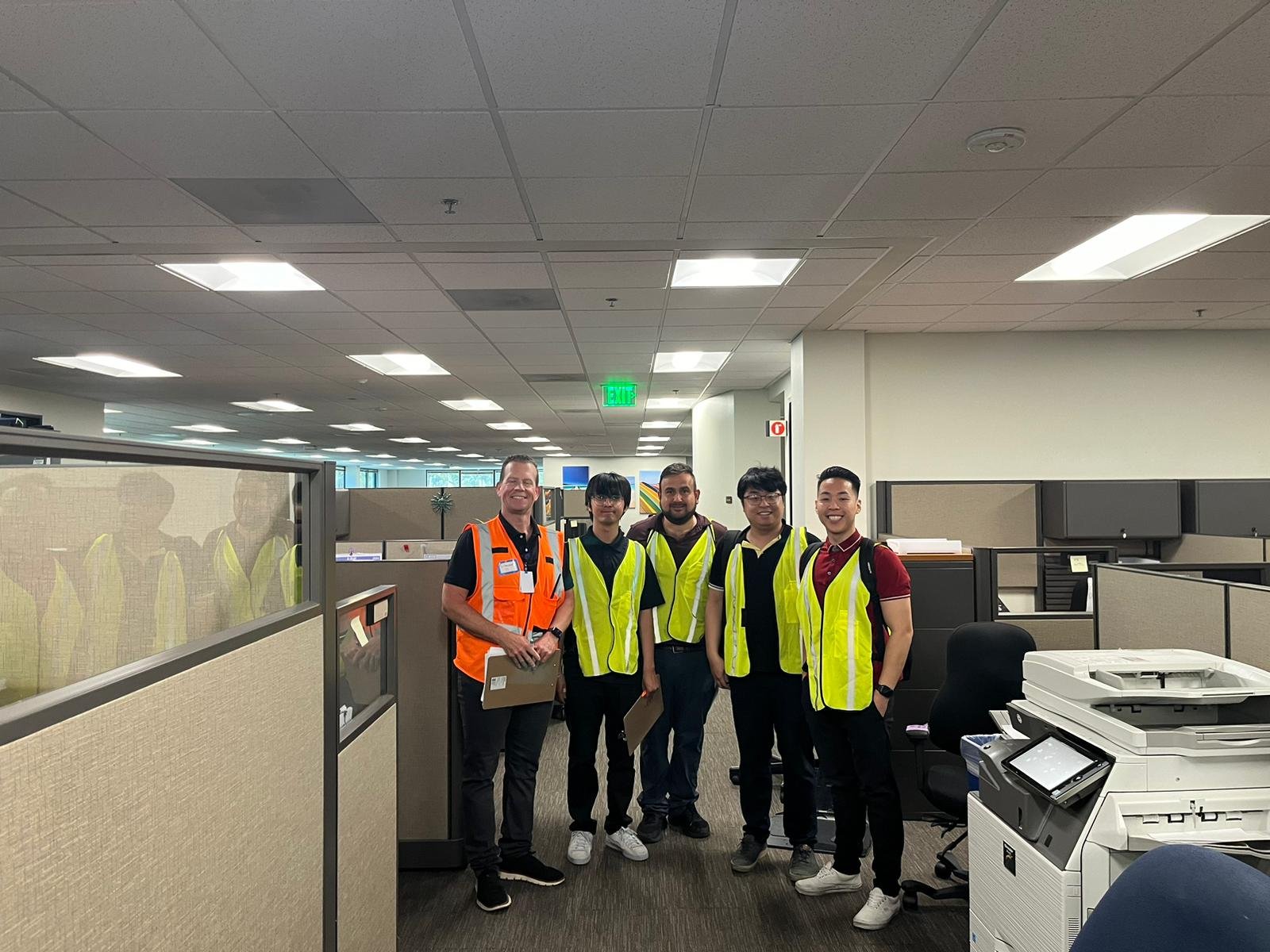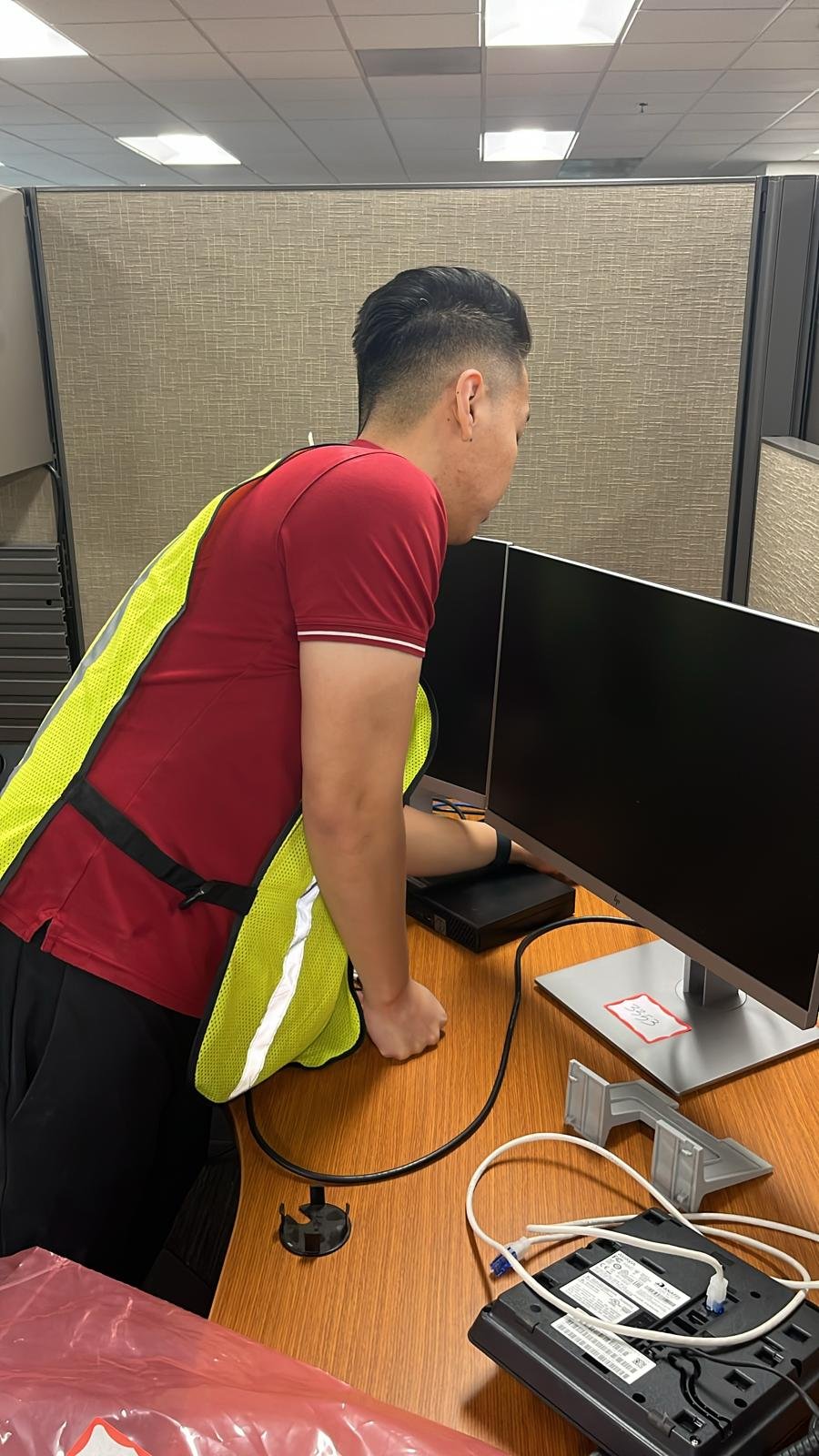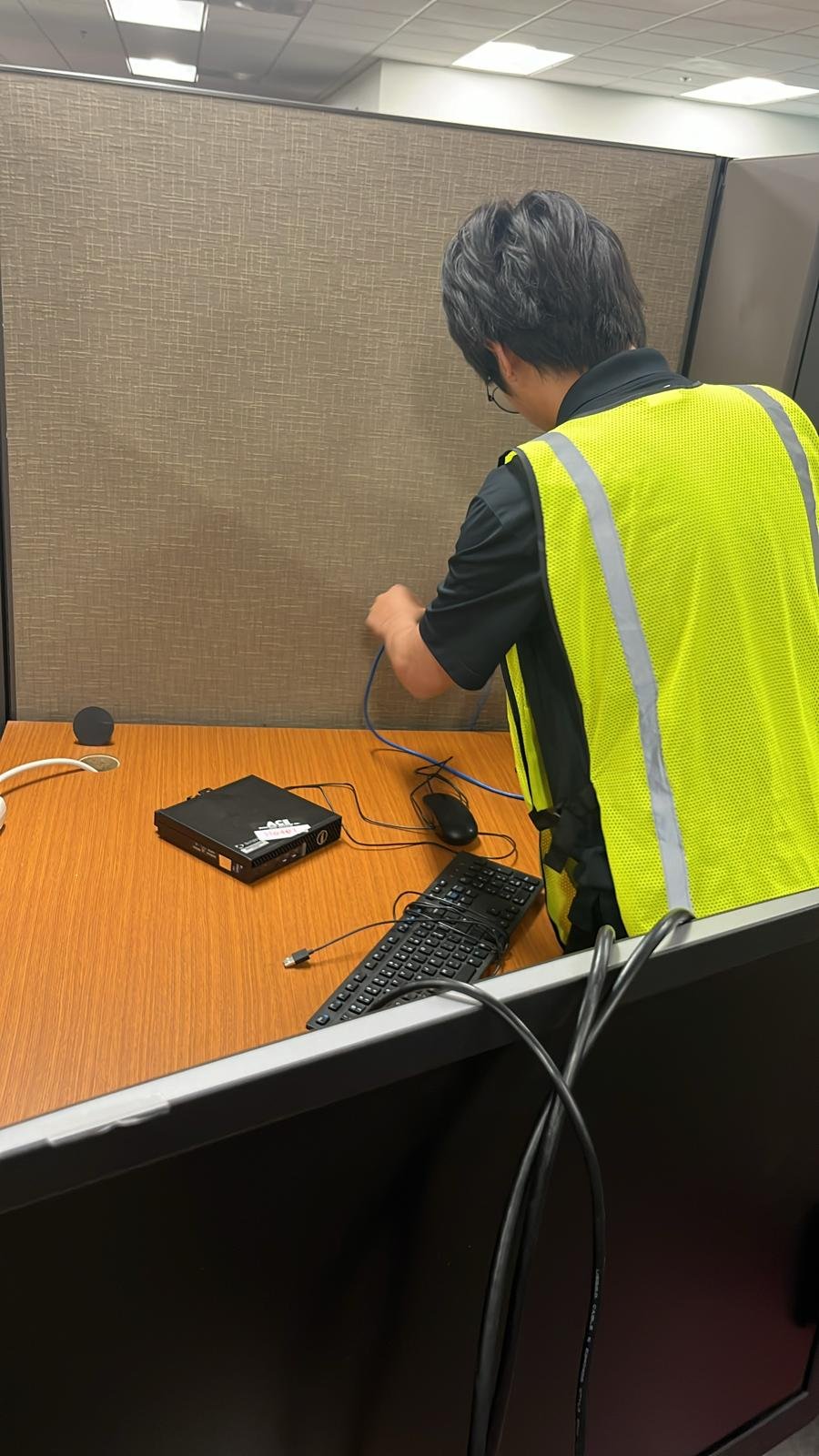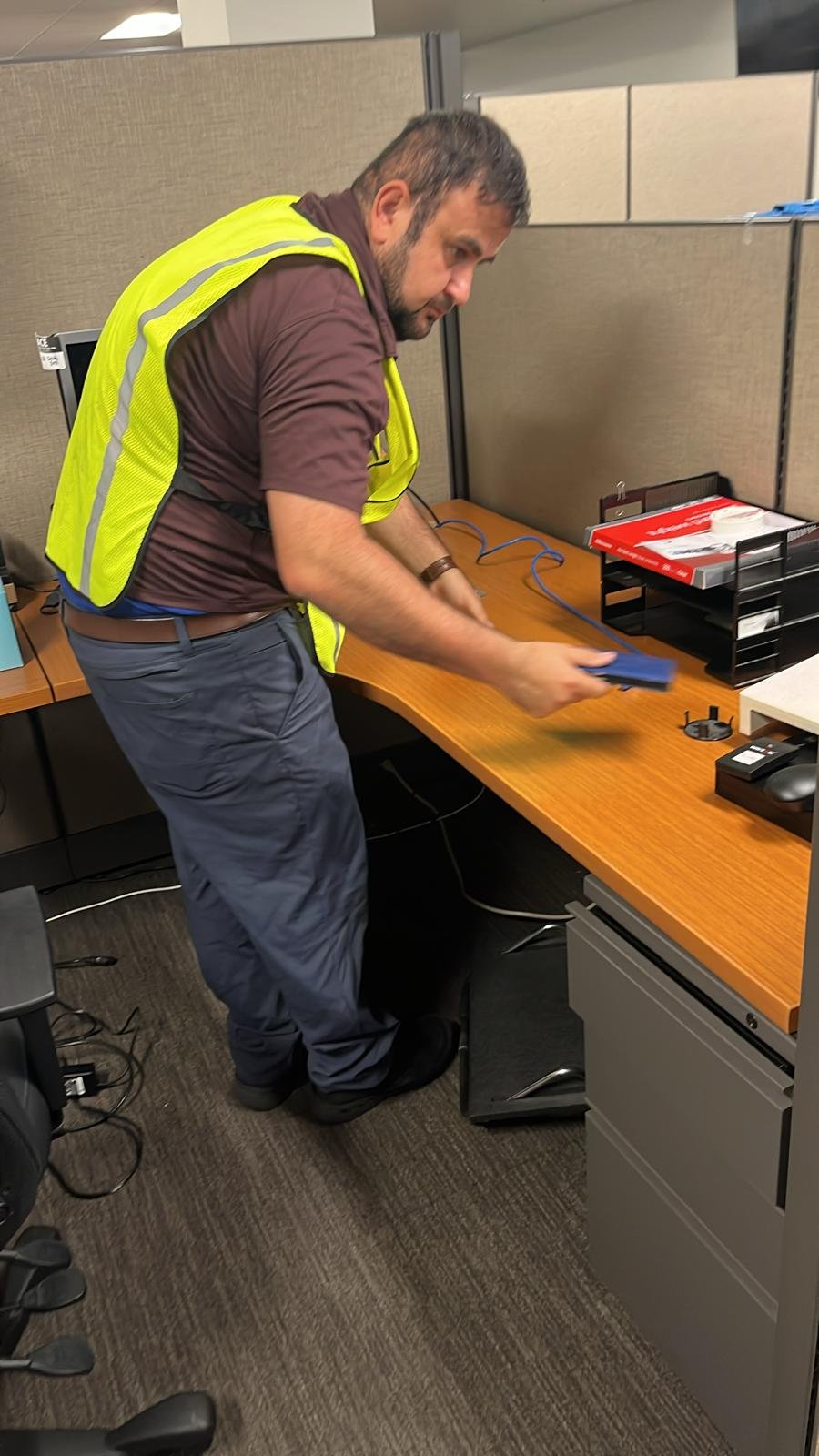Healthcare Industry-PC move project (Phase 2) case study
About the company
Building on the success of Phase 1, Pm2net was awarded the responsibility of executing Phase 2 of the Healthcare Facility IT relocation project. The facility, known for its cutting-edge healthcare services and commitment to operational excellence, aimed to further consolidate its IT infrastructure to support growing demands and enhance overall efficiency. This phase involved relocating a significant amount of IT equipment, including 170 PCs, 170 phones, and 340 monitors, over a tight two-day schedule on June 19-20, 2024. The primary objectives of Phase 2 were to:
Improve Workspace Efficiency: By moving PCs from crowded cubicles to more spacious office environments, the healthcare facility sought to create a more productive and organized workspace.
Enhance Operational Continuity: Minimizing downtime and ensuring that all IT systems were promptly reconnected and functional was crucial to maintaining high standards of service.
Optimize IT Resources: Centralizing IT resources on a single floor would streamline maintenance and support processes, thereby improving overall efficiency.
This phase required meticulous planning and coordination to handle the logistics of disconnecting, moving, and reconnecting such a large volume of equipment. The PM2net team, consisting of 12 field services technicians, was tasked with ensuring that the move was completed efficiently and with minimal disruption to the daily operations of the Healthcare Facility.
CHALLENGES
The project presented several logistical and technical challenges, necessitating a well-coordinated effort between various teams, including movers, PC technicians, and facility management. The ultimate goal was to complete the move efficiently, ensuring that all systems were up and running promptly, thereby minimizing downtime and maintaining the high standards of service that the healthcare facility is known for. The prominent challenges are below:
Mover Delays: Movers initially focused on relocating chairs, desks, and other furniture, delaying the start of the PC move until 7:30 PM.
Coordination: Ensuring accurate disconnection and reconnection of a large number of workstations across multiple floors.
Workspace Organization: Managing the transition of PCs from cubicles to offices and placing "hoteled" computers into storage.
Technical Assistance: Providing on-the-spot technical assistance and adjustments for workstations.
Timeline Adherence: Completing all tasks within the tight two-day schedule.
Assessment and solution
To overcome these challenges, a detailed plan was executed:
PPre-Move Coordination :
Engaged with the Point of Contact (POC) at the location to confirm access and review the plan.
Created a comprehensive map detailing where each workstation needed to be disconnected and reconnected.
Systematic Disconnection:
Disconnected all PCs, monitors, and phones on both the 2nd and 3rd floors, placing each in movers' bags for transport.
Mover Collaboration: :
Worked closely with movers to address any discrepancies in the mapping and ensure efficient handling of IT equipment.
Staggered Reconnection:
Once the movers began relocating the equipment, PC technicians reconnected monitors and workstations, ensuring each setup was functional.
Managed "additional" computers by placing them into storage until they were needed.
Technical Verification:
Confirmed printer mappings with test prints and verified phone functionality through dial tones.
Final Adjustments and Cleanup:
Assisted with any workstation adjustments and addressed issues as they arose.
Cleaned up all extra monitors and equipment, storing them appropriately.
advantages
The execution of Phase 2 yielded several key advantages:
Enhanced Coordination: Improved coordination and communication with movers and the POC minimized disruptions and ensured tasks were completed efficiently.
Operational Continuity: Despite initial delays, the team successfully reconnected all workstations and provided immediate technical support, minimizing downtime.
Workspace Optimization: The strategic placement of PCs in offices and the efficient storage of "additional" computers optimized the workspace for better functionality.
Customer Satisfaction: The project concluded with a final check-in with the customer, who verified that all systems were operational, confirming the success of the move.
In conclusion, the successful completion of Phase 2 not only reinforced Pm2net's reputation for managing complex IT projects but also ensured that the healthcare facility’s IT infrastructure was more streamlined and efficient. The meticulous planning, effective execution, and prompt troubleshooting exemplified the commitment to excellence that defined this phase of the project opening up avenues for Phase 3 of the PC move project.





